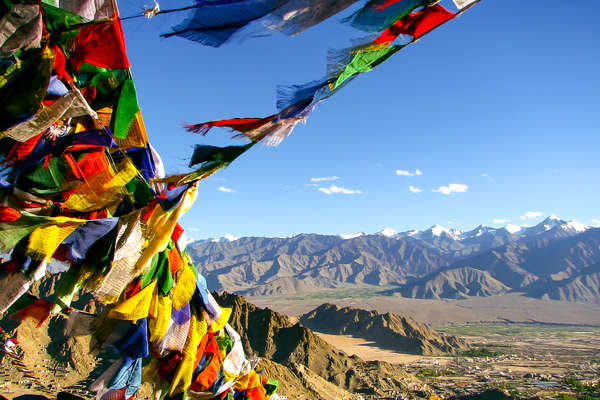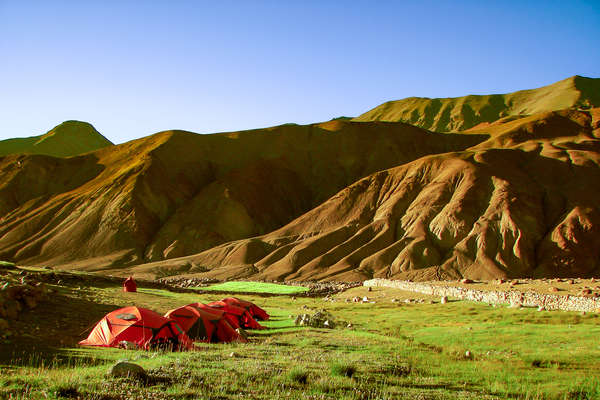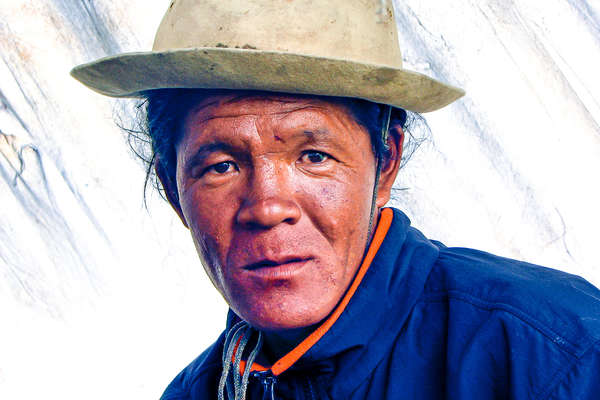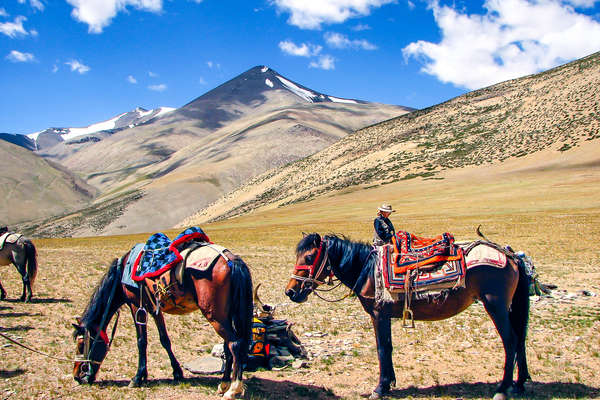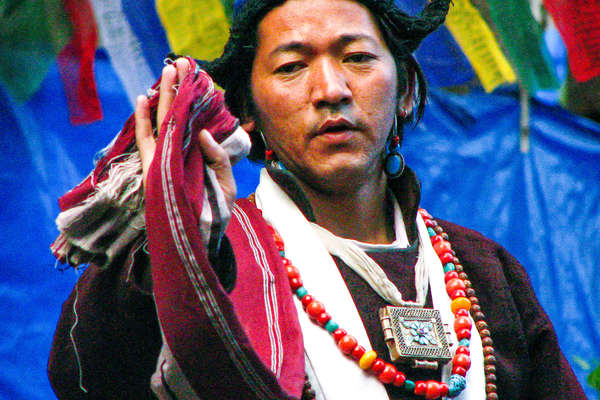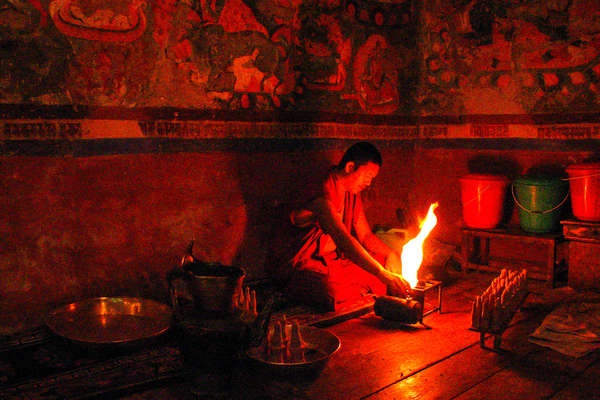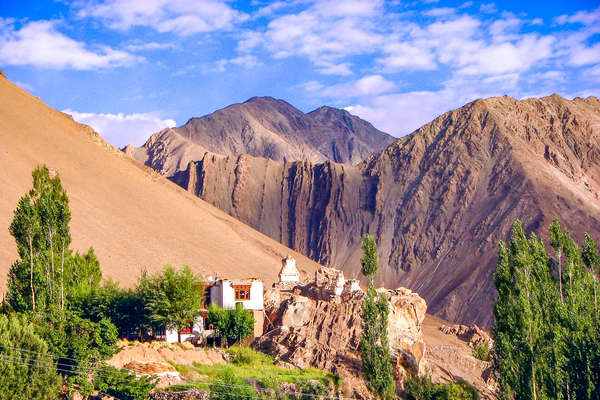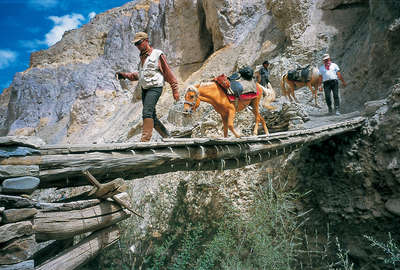
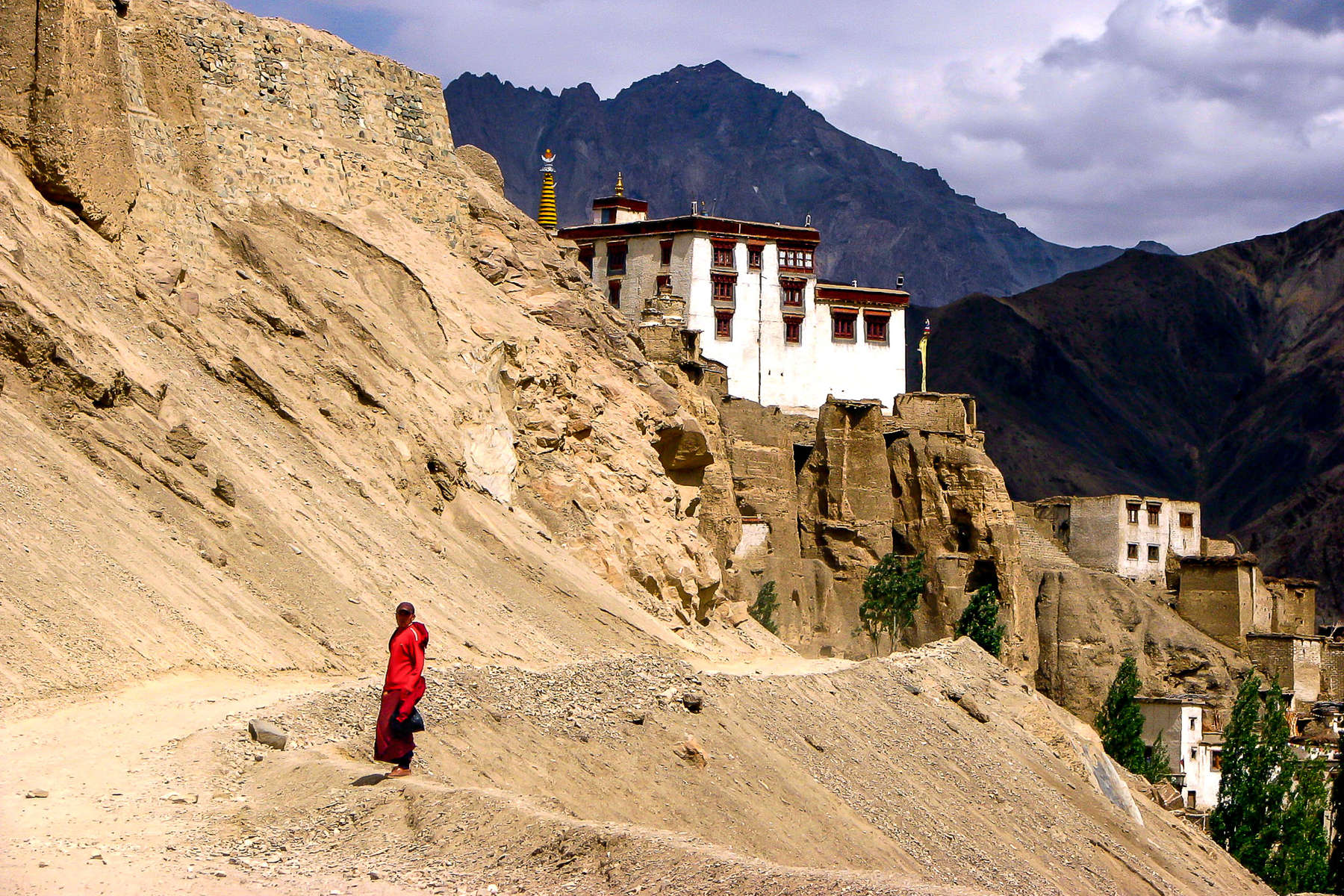
All trips

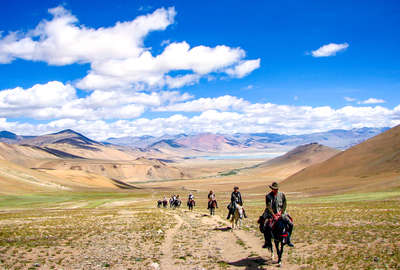
Ladakh & Buddhist Festival Dhak Tok
Visa & Health
Formalities
A passport valid for at least 180 days and with at least two blank pages is required by all Australian, British, USA, Canadian and other EU nationals.
Visas:
Visas for India are required by all nationals referred to above.
Nationals not referred to are advised to contact the embassy to check visa requirements for India.
Visa note:
A Tourist Visa on Arrival scheme currently exists for the following countries: Cambodia, Finland, Indonesia, Japan , Laos, Luxembourg, Myanmar, New Zealand, Philippines, Singapore, Vietnam. The visa is valid for up to 30 days and for tourism only. It costs US$60. From late 2014, this scheme is being extended to nationals of 180 countries, whereby tourists will be able to apply for the visa online and pick it up on arrival at an airport within three days; check with the consulate before you travel, as the exact date of this change has not been confirmed yet.
Certain parts of the country have been designated protected or restricted areas that require special permits and in some cases prior government authorisation. You should indicate your intent to visit a specific restricted region when applying for a visa and a permit will be granted to visit that region only. It is advised that you apply for the special permit for restricted areas when you enter India by visiting the FRRO (Foreign Regional Registration Office) which has offices in all major Indian airports and cities. You must complete an additional form, but there is no fee for a restricted area permit.
Passengers are advised to check with the consulate for up-to-date information before departure. You must fill in application forms completely, and with as much detail as possible, otherwise the application may be rejected and a new application only allowed after three months have passed.
Types and cost:
For UK nationals: tourist visa: £82 (up to six months), £277 (up to two years).
For other nationals listed above: tourist visa: £32 (up to six months), £52 (up to one year).
All visa applications are subject to a non-refundable £10.20 VFS service charge.
Validity:
Visas are valid from the date of issue not your date of departure.
Time required
All visa applications in the UK now have to be filed online at https://www.vfsglobal.com/en/individuals/index.html . After the mandatory electronic filing of visa applications, applicants are asked to submit printed copies of their applications, photos, passports and fees to respective Indian Visa Application Centres (IVACs). Processing times vary at the sole discretion of the High Commission of India and its consulates in the UK, and some applications may take longer than others to get processed. You should confirm your travel plans only after obtaining the visa.
Postal applications take a minimum of 10 working days (not including transit). In addition, if the High Commission or the Consulate General requires an applicant to attend an interview, the India Visa Application Centre will contact the applicant and inform them of the date and time of the interview accordingly.
Addresses of consulates
- Ambassade de l’Inde
15, rue Alfred-Dehodencq
75016 PARIS
Tél. : 01 40 50 70 70
Fax : 01 40 50 09 96 - British High Commission in India
Shantipath, Chanakyapuri
110021 New Delhi
Tél. : +91(11)24192492
Fax :
web.newdehli@fco.gov.uk - Ambassade de France en Inde
2/50-E Shantipath Chanakyapuri
110021 NEW DELHI
Tél. : +91 (11) 2419 6100
Fax : +91 (11) 2419 6169 - Ambassade d'Inde
217 Chaussee De Vleurgat
1050 Bruxelles
Tél. : +32 (0)2 6409140
Fax : +32 (0)2 6489638
consular@indembassy.be - Ambassade de l'Inde
ChancellerieCase postale 406
Kirchenfeldstrasse 28
3000 Berne 6
Tél. : 031/351 11 10
Fax : 031/351 15 57
ndia@spectraweb.ch
Health
Malaria prevention is strongly recommended so use insect repellent and wear protective clothing. Obtain anti-malarial medicine from your doctor before travelling.
Even seasoned travellers may find themselves at the mercy of travellers’ diarrhoea. Hygiene standards vary. If possible, travel around with soap or antibacterial gel in order to clean your hands. The culprits that cause diarrhoea are often the microorganisms found in local water supplies, so decrease your chances by drinking bottled or boiled water. You can have alcoholic drinks but say no to ice. Drink carbonated beverages or those with only boiled water like coffee and tea.
Carry rehydration solution packets, Pepto Bismol or Imodium in case you are afflicted. Before your travel, seek medical advice about what to take for self-treatment.
Wear adequate sunscreen or do like the locals to beat the heat and avoid the sun between 1200 and 1600 when it is at its harshest; don a cotton kameez to keep covered and cool.
Insurance
Our recommendation :
Cancellation and travel insurances are not included. Please note that insurance is mandatory. We recommend to take out an insurance policy as soon as your travel is booked in case of cancellation.
Voltage
Budget and money
Note: The import and export of local currency is prohibited. Sometimes smaller vendors will not take bills larger than Rs 500. It is best to carry a range of rupee notes if you are shopping at bazaars and local markets.
Credit cards:
In major cities, the full cadre of banks cards are generally accepted including debit cards, American Express, Diners Club, MasterCard and Visa. However, in smaller towns and villages, choice is generally narrowed to cash or MasterCard and Visa.
ATM:
24 hour ATM machines can be found in all the major cities and most large towns. Visa, MasterCard, Cirrus, Maestro and Plus are amongst the most commonly accepted cards.
Telephone and jetlag
Dialling code +91
GMT +5.30
Country information
Country ID
Capital: New Delhi
Population: 1.2 billion (2013)
Language: Hindi is the official language of India and, used by about 40% of the population, India’s most widely spoken. English is also enshrined in the constitution for a wide range of official purposes. In addition, 18 regional languages are recognised by the constitution.
Religion: About 80% Hindu, 13% Muslim, with Sikh, Christian, Jain, Parsi and Buddhist minorities
President: Pranab Mukherjee (since 2012)
Prime Minister: Manmohan Singh (since 2004)
Socio-economical data
India's main industrial development has been in engineering, iron and steel, chemicals, electronics and textiles. Since the 1990s, trade has been liberalised, the sprawling public sector cut back, and some state-owned industries sold off.
India ranks among the top ten in the world by gross national product. The economy has resumed its healthy growth rate, currently at around 8.5% per annum, while inflation is at 8.7%. The unemployment rate hovers around 9.4%. Further improvements to the national infrastructure and basic services are now seen as the priority for central and regional governments.
History
The whole subcontinent was conquered by the Maurya Empire during the 4th and 3rd centuries BC. It subsequently became fragmented, with various parts ruled by numerous Middle kingdoms for the next 1,500 years. This is known as the classical period of India, during which India is estimated to have had the largest economy of the ancient and medieval world controlling between one third and one fourth of the world's wealth up to the 18th century.
The southern state of Kerala had maritime business links with the Roman Empire from around 77 AD. Islam was introduced in Kerala through this route by Muslim traders. Muslim rule in the subcontinent began in 712 AD when the Arab general Muhammad bin Qasim conquered Sindh and Multan in southern Punjab, setting the stage for several successive invasions between the 10th and 15th centuries AD from Central Asia, leading to the formation of Muslim empires in the Indian subcontinent such as the Delhi Sultanate and the Mughal Empire.
Mughal rule came to cover most of the northern parts of the subcontinent. Mughal rulers introduced middle-eastern art and architecture to India. The Mughal Empire suffered a gradual decline in the early eighteenth century, which provided opportunities for the Afghans, Balochis and Sikhs to exercise control over large areas in the northwest of the subcontinent until the British East India Company gained ascendancy over South Asia.
Beginning in the mid-18th century and over the next century, India was gradually annexed by the British East India Company. Dissatisfaction with Company rule led to the First War of Indian Independence, after which India was directly administered by the British Crown and witnessed a period of both rapid development of infrastructure and economic decline. During the first half of the 20th century, a nationwide struggle for independence was launched by the Indian National Congress, and later joined by the Muslim League. The subcontinent gained independence from the United Kingdom in 1947, after being partitioned into the dominions of India and Pakistan
Geography
India hosts a major portion of the highest mountain ranges in the world, the Himalayas (Kanchenjunga in Sikkim at 8,598 metres is the highest point), located in the northern end of the country. Going south, the land gradually descends into low lying areas with few mountains, but some hilly areas.
Ladakh, a part of Jammu and Kashmir state in north of India, consists of two districts, Leh and Kargil. Leh with and area of 45,110 square kilometres makes it the largest district in India in terms of area. The district is bordered by Pakistan, occupied Kashmir in the west and China in the north and eastern part and Lahaul Spiti of Himachal Pradesh in the southeast. It is at a distance of 434 kilometres from Srinagar and 474 kilometres from Manali
People, culture and traditions
Choosing the right riding holiday
Choosing the right riding holiday
All of our horseback riding trails in Ladakh coincide with a Buddhist festival. Local inhabitants will walk for days to attend their closest festival - dressed in all their finery with an array of necklaces and bangles on the women and colourful vests and hats on the men. Whilst this colourful crowd is part of the attraction, the performances, music and dances are riveting.
Peformances tend to consist of people dressed up and wearing large masks to depict the deities which accompany a person during the 49 days from death to reincarnation. The masks often have snarling teeth, small protruding skulls, wide eyes and upturned noses, worm above colourful, layered skirts and menacingly slicing the air with swords and daggers. These sinister deities are then destroyed by the attainment of virtue through "Mara". Mara is depicted by a triangular piece of wood which is painted in many bright colours and meditated and praid over for weeks before the festival. Mara is then burned or destroyed amidst a clammer of cheers from the crowd.
The Lamayuru festival (Yuru Kabgyat) takes place at Lamayuru Monastery and lasts for two days, usually in July. It is attended by monks from all over the world and the two main figures depicted are Yama (Lord of Death) and Padmasambhava (the second Buddha - considered to be the protector of horses and other animals).
The Phyang festival (Phyang Tsedup) takes place at Phyang monastery, usually in July/August. The monastery is home to 70 monks and every third year a huge, elaborate thangka of Skyabje Jigten Gombo, the founder of the Dri-gung-pa order is unveiled. This festival celebrates the victory of good over evil.
The Tak-Tok festival (Dak Thok Tsechu) is held at a cave chapel which is part of the Dak Thok monastery, usually in July/August. The name Dak Thok means Black Rock in Ladakhi. This festival celebrates the deeds of Guru Rimpoche, one of the founders of Tibetan Buddhism.


